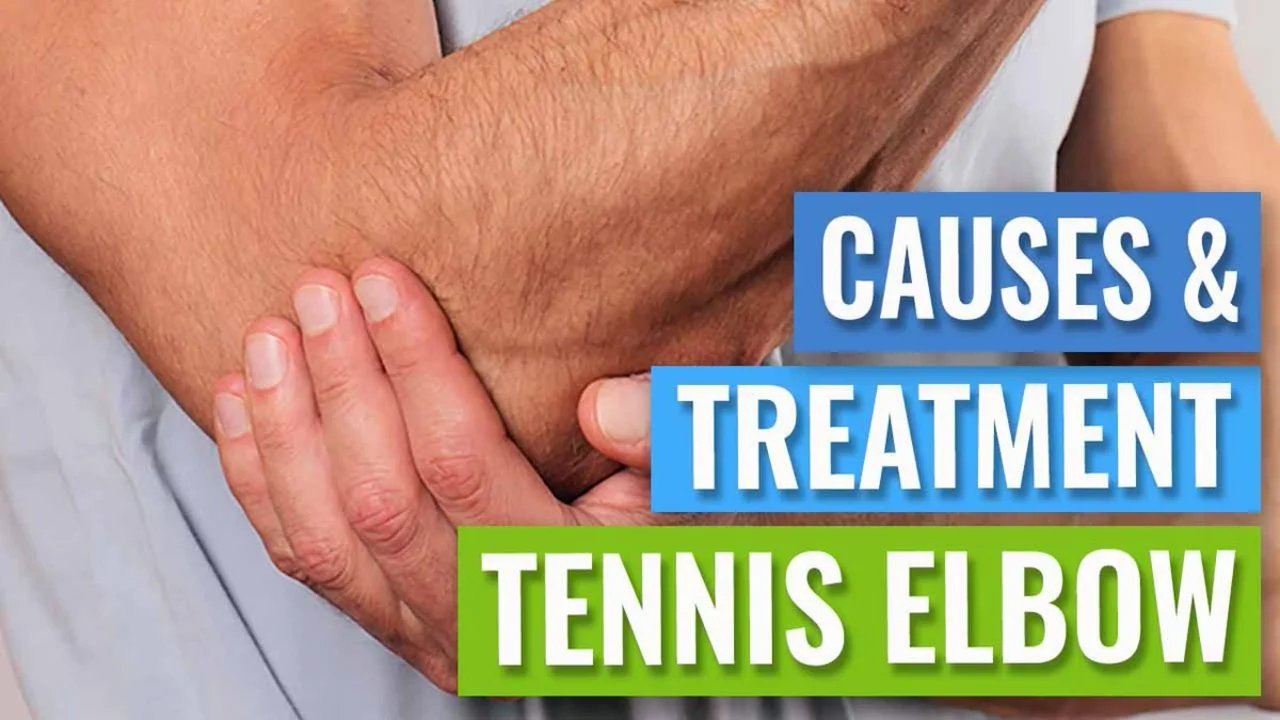Effective Tennis Elbow Treatment: Braces, Exercises & Quick Relief
If you’ve ever felt that sharp ache on the outside of your forearm after a hard forehand, you know tennis elbow can ruin a good day on the court. The good news? You don’t need surgery or a long break to feel better. With the right brace, a few targeted exercises, and some everyday tweaks, you can knock the pain down fast and keep playing.
How a Tennis Elbow Brace Works
A tennis elbow brace is basically a supportive sleeve that compresses the forearm muscles and tendons. The compression reduces strain on the damaged tendon, which eases pain while you swing. Most braces have a strap that lets you tighten the pressure just enough to feel relief without cutting off circulation. Look for a neoprene sleeve with a reinforced strap – it’s lightweight, breathable, and stays in place during matches.
Put the brace on after a warm‑up. Slide it up from your wrist to just below the elbow, then adjust the strap. You should feel a gentle snugness, not a choking grip. Wear it during practice, and you’ll notice less sore spots after a game.
Simple Rehab Exercises for Fast Recovery
Brace support works best when you combine it with a few rehab moves. Here are three that fit into any routine:
- Wrist Extensor Stretch: Extend your arm, palm down, and gently pull the fingers back with the other hand. Hold 15‑20 seconds, repeat three times.
- Tyler Twist: Hold a lightweight hammer or a tennis racquet handle, rotate your forearm inward and outward for 10 reps each. This builds grip strength without overloading the tendon.
- Eccentric Wrist Turns: With a light dumbbell, start with the wrist raised, then slowly lower it over 3‑4 seconds. Do 2 sets of 12 reps.
Do these exercises 3‑4 times a week. Consistency is key – you’ll feel the tension ease after a couple of weeks.
Besides the brace and rehab, keep these habits in mind: warm up properly, use a racquet with the right grip size, and avoid heavy backhand strokes until the pain drops. If the ache lasts more than two weeks despite these steps, a quick chat with a physio or sports doctor can rule out more serious damage.
Bottom line: a well‑fitted elbow brace, a handful of simple stretches, and smart playing habits can turn a painful elbow into a thing of the past. Try the combo, listen to your body, and get back to the game you love.
Health and Wellness

Post - Tennis Elbow Treatment?
After enduring a bout with tennis elbow and going through treatment, I've learned a lot about the recovery process. The treatment primarily involves rest, physiotherapy, and sometimes medication or surgical intervention. Resting the affected arm and avoiding strenuous activity is crucial for recovery. Physiotherapy exercises help rebuild strength and flexibility in the elbow. If these measures don't work, doctors may recommend pain relievers, steroid injections, or even surgery in severe cases.